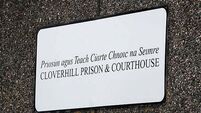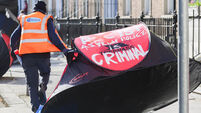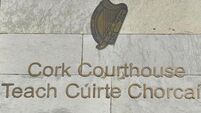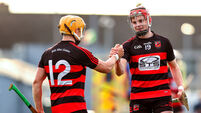Warren of conspiracies: Kennedy’s assassination

FOR a country so proud of its political sophistication, it seems extraordinary that the American people could be so critical of the handling of the investigation of what they generally consider the crime of the last century: The assassination of President John F Kennedy.
Last Saturday marked the 50th anniversary of the publication of the Warren Commission report, which concluded that Lee Harvey Oswald acted alone in killing the president.
















